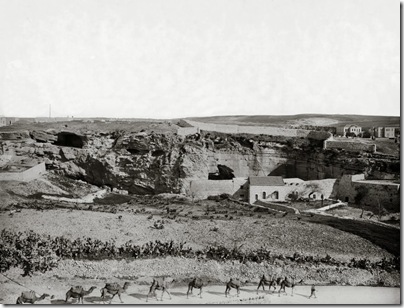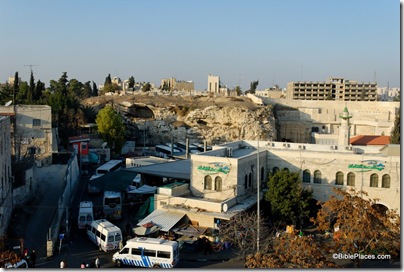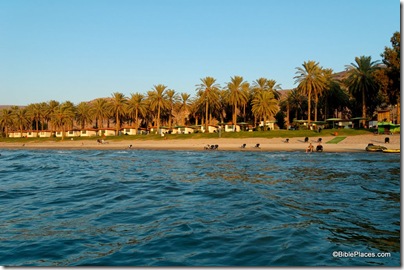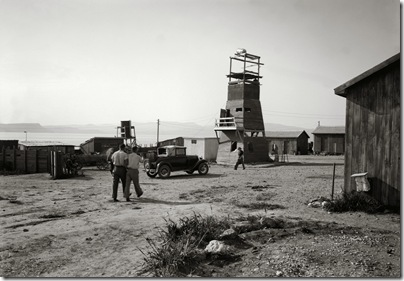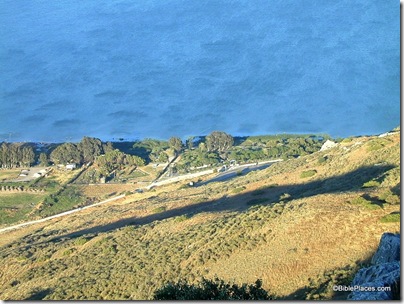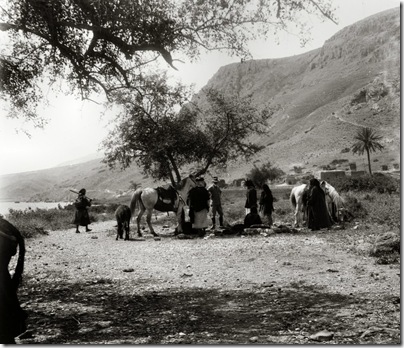I recently received from the publisher two books in a new series that will be of interest to readers here. The series is entitled “Ancient Context, Ancient Faith,” and the first two books in the series were released this summer. The writer of both of these books is Gary M. Burge, but it’s not clear to me if he will author the entire series.
Both books are very attractive and once you pick the books up, you’ll immediately be impressed by the beautiful maps and photos (disclosure: some are mine). I like the books’ handy size, layout, and logical presentation of these important subjects. 
The Bible and the Land. I’ve taught a course similarly titled (flip the order of the words) for years, but this book is not a historical geography of Israel.
Instead, you get a sense for the contents from the one word titles of the chapters: Introduction, Land, Wilderness, Shepherds, Rock, Water, Bread, Names. These are subjects that are often not carefully dealt with in a Bible atlas, geography course, or tour of Israel, but are very much part of the fabric of the biblical world.
Jesus, the Middle Eastern Storyteller. This book is dedicated to Kenneth E. Bailey, “who taught me [Burge] how to read a parable.” Those familiar with Bailey’s excellent work will see similarities, even in the fact that all but one of the parables studied are from the Gospel of Luke. Like Bailey, Burge seeks a more accurate understanding of Jesus’ parables by considering cultural elements from the 1st century land of Israel. The chapter titles indicate the parables included: the Friend Who Came at Midnight, Stories about Excuses, Stories about Compassion, Stories of Forgiveness (Matt 18), Finding the Lost, and the Foolish Builder.
The books are not long (c. 100 pages each), and they quite possibly will whet your appetite for deeper study. I think that many will find them welcome gifts for birthdays or Christmas. More advanced readers will want to continue with Bailey’s latest work, Jesus Through Middle Eastern Eyes: Cultural Studies in the Gospels.
Another beautiful book that came out this year that was co-authored by Burge is The New Testament in Antiquity, which was positively reviewed a few days ago by my colleague at The Master’s College, Dr. William Varner, on his new blog.
